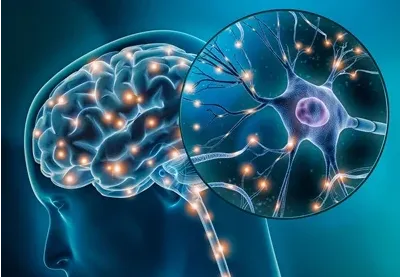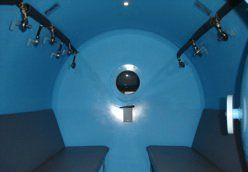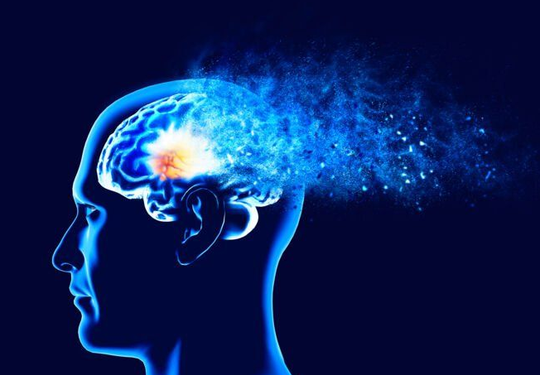Oxygen deprivation: Near – Drowning, Hypoxia and Anoxia
By:
Dr. Carol Henricks
On
08/08/2025Summary:
Oxygen is the most critical molecule for our continued health and well
being. A few minutes without oxygen is devastating for your cellular health.
Serious oxygen deprivation may take place if someone has survived near –
drowning, a massive cardiac arrest requiring CPR or near – hanging for
example. Is there a way back ? What is the emergency treatment ?
Current standard of care is to simply wait and see if the injured person recovers: Doing nothing to actively treat the hypoxic injury is the worst choice. It is time to tell the truth in medicine: increased oxygen delivery through hyperbaric oxygen treatments (HBOT) with the proper metabolic support should be the standard of care. Unless treatment with increased oxygen delivery is provided, severe neurodegenerative changes with brain cell death begins and progresses.


Oxygen by nasal canula or ventilator does not provided the needed increase in oxygen availability. Once a cell has been deprived of oxygen, a number of negative physiological changes begin: anaerobic glycolysis kicks in which decreases cellular ability to produce energy. Cellular metabolism is adversely affected. Proteins denature (proteins lose their 3 dimensional configuration which prevents them from functioning), cellular reactions are uncoupled and cell membrane permeability changes.
These are only a few of the adverse changes that occur, and the worse the hypoxic injury, the more profound these hypoxic cellular injuries are and may progress to cell
death. Extra oxygen delivered emergently as HBOT helps
to reverse changes and is the only treatment that will mitigate acute hypoxic cellular injury.
One patient we treated in 2008 was 3 years old and near drowning. He was hospitalized and on a ventilator. He had been underwater on a cold day for 45 minutes, but was able to be resuscitated. A few days after his injury he remained unresponsive and the parents were told that he would “never be more than a vegetable” and they
should pull his tube and just let him die. His EEG did
not demonstrate any brain activity. Parents demanded
that he receive a treatment in the hyperbaric chamber at the hospital, and he was treated for 2 days in a row. He “woke up” and was successfully extubated. He was taken to a children’s rehabilitation facility for 2 months and remained relatively unresponsive and rode in a stroller. His parents brought him to the clinic for additional
HBOT, and he began a series of 200 sessions. He
achieved good mobility and interacts as part of his
family.He did not recover cognitive skills to live
independently, but can do his own ADL’s. What
difference would it have made if he had been treated
immediately, rather than days later ? The research has
not been done.

The Textbook of Hyperbaric Medicine authored by K. K. Jain has an entire chapter devoted to HBOT in Global Cerebral Ischemia / Anoxia and Coma. Table 18.2 summarizes the research findings of many practitioners around the world, including Mathieu et al who treated hundreds of near hanging patients treated with HBOT with positive results. Results for treatment of injuries from all causes of CNS hypoxia was overwhelmingly positive, so why is
this treatment not being offered or at least studied ? Reversing hypoxic / anoxic cellular injury with HBOT would change neurological recovery forever ! We need to JUST DO IT !
